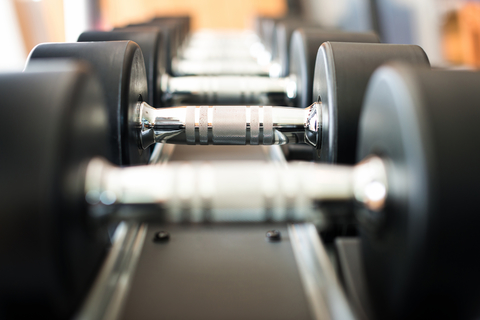Terme Snovik Launches €22 Million Expansion with New Four-Star Kneipp NaturHotel
Terme Snovik, a boutique spa located in north-central Slovenia near Kamnik, is embarking on its most
moreLifeFit Group Expands Premium Fitness Portfolio with SportsUp Acquisition
LifeFit Group, a leader in Germany's fitness industry, has strengthened its premium segment with the
moreNorrøna Concept Store Opens in Zürich: A Hub for Outdoor Enthusiasts
We’re excited to announce the grand opening of the Norrøna Concept Store Zürich, located at Löw
moreProximity and Efficiency: Central Europe Becomes a Hub for Bike Production
The bicycle and e-bike industry is undergoing a transformative shift in 2025, with Central Europe (C
moreXtreme Fitness Gyms Targets Dominance in Eastern European Fitness Market
Polish fitness franchise Xtreme Fitness Gyms is making waves in the fitness industry, celebrating th
more
"Business
Partner search for the Sports industry in Central Europe"
The Health and Fitness Market in Romania
 2023-04-19
source own
2023-04-19
source own
In recent years, Romania's health and fitness market has undergone a significant transformation as more and more people recognize the benefits of leading a healthy lifestyle. With this increased awareness, the health and fitness industry has expanded and diversified, presenting a significant and growing market for both local and international players.
The Romanian Health & Fitness Market has seen impressive double-digit annual growth over the past five years, estimated to be around 812,000 members and valued at EUR 248 million. This growth has been driven by trends similar to those seen in the wider European Health & Fitness Market, but with notable local variations in major cities such as Bucharest, Cluj, Timisoara, and Iasi.
One of the most prominent local trends is the expansion of service offerings, mainly by larger-format fitness centers that provide a wider range of group fitness classes and facilities, including swimming pools. Another trend is the increased demand for premium fitness clubs, accompanied by a higher willingness to pay. Additionally, there has been an uptick in the utilization of revenue streams such as personal training courses and purchases of food, beverage, and sports nutrition products.
Despite its rapid growth, the market is still in its early stages, with significant development potential in the future. It is expected that by 2023, an additional 250,000 to 300,000 new members will join the fitness market, representing a 30% to 35% increase compared to 2018. The market value in 2023 is projected to be between EUR 360 million to EUR 380 million, a 45% to 55% increase compared to 2018.
According to the Sport and Healthy Lifestyle Romania study conducted by Quantix in 2017, 17% of Romanians practice sports outdoors, with fitness being the second-most popular sport after running. However, compared to other countries like Poland, employers in Romania are not yet incentivized tax-wise to pay for fitness or sports memberships for their employees.
Currently, the club density in Romania is 0.6 clubs per 10,000 inhabitants, similar to Poland (0.68) but lower than in countries like Spain (0.9) or Portugal (1.0). However, it is challenging to compare the Romanian fitness market to any other in Europe, including Poland. While the Romanian market may follow patterns of the Polish market in other industries such as financial services and retail, in terms of fitness, the market fundamentals are different. In Romania, customers are more interested in premium offerings and focused on the overall experience, including the look and feel of the location and the quality of equipment and trainers, rather than being budget-driven and focused solely on functionality.









